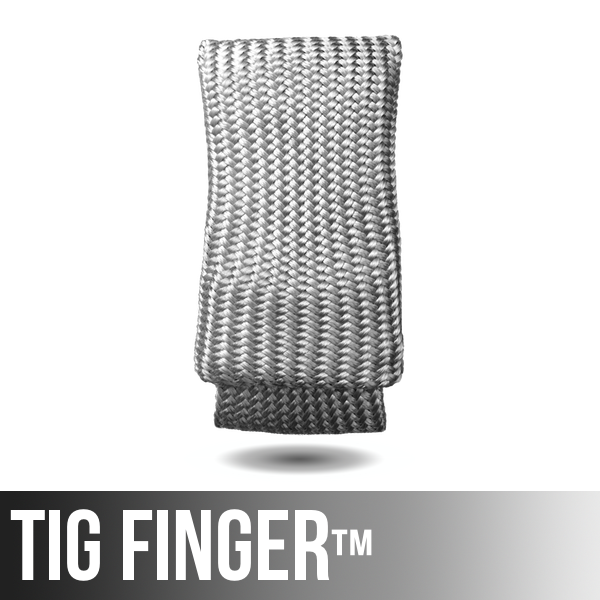Stick Welding is considered harder than Mig welding mainly because mig welding eliminates the need to constantly feed the electrode to maintain a constant arc length.
Beginner stick welders almost always use too long an arc.
That stick electrode is always getting shorter and that means the arc is always getting longer… unless you feed the electrode into the puddle to maintain the arc length.
I advise people to set the amperage hot enough to be able to keep a tight arc and not stick the rod… and then… keep a tight arc.
for a 7018 1/8″ rod that means about 120-125 amps.
Having enough amperage lets you hold a very tight arc without sticking the rod. The arc force from that amperage helps to flatten out the weld.
Rod angle is important too but just not quite as important as arc length. As long as you dont get carried away with rod angle, a slight drag works best usually, but a dead nuts 90 degree rod angle, or even a slight push angle works, too.
( And as always, feel free to visit us at our sister site, WeldingTipsAndTricks.com. )
Click here to subscribe to my Video of the Week!








March 19, 2020 at 2:52 AM
Amazing
April 7, 2012 at 10:37 PM
Bubba,
I will graduate with an Associate Degree from OTC in 2012. I have 10 years work experience. I have worked as a boilermaker as well as an Ironworker.
I am very passionate and a skilled welder eager to return to work. My sister lives in Raleigh, NC. Do you have any connection in RTP?
Dezi
April 7, 2012 at 10:00 AM
Two questions. I’m always keeping an eye on the little flux puddle ahead of my arc and trying to keep it from getting under or into the weld. Can it get buried under the weld or am I just worried to much about it? Also when I weld up metal it tends to get warped with a lot of welding. It would be nice to prevent this.
April 6, 2012 at 9:52 AM
Hello,
I watched the video of the week and i’m wondering when would you use that type of welding where you would go back a forth with the weld a few times.On the T joint weld, if you weld both side isn’t that strong enough?
April 5, 2012 at 6:10 PM
A very funny video and a great job of explaing the Dig function on a 200DX.